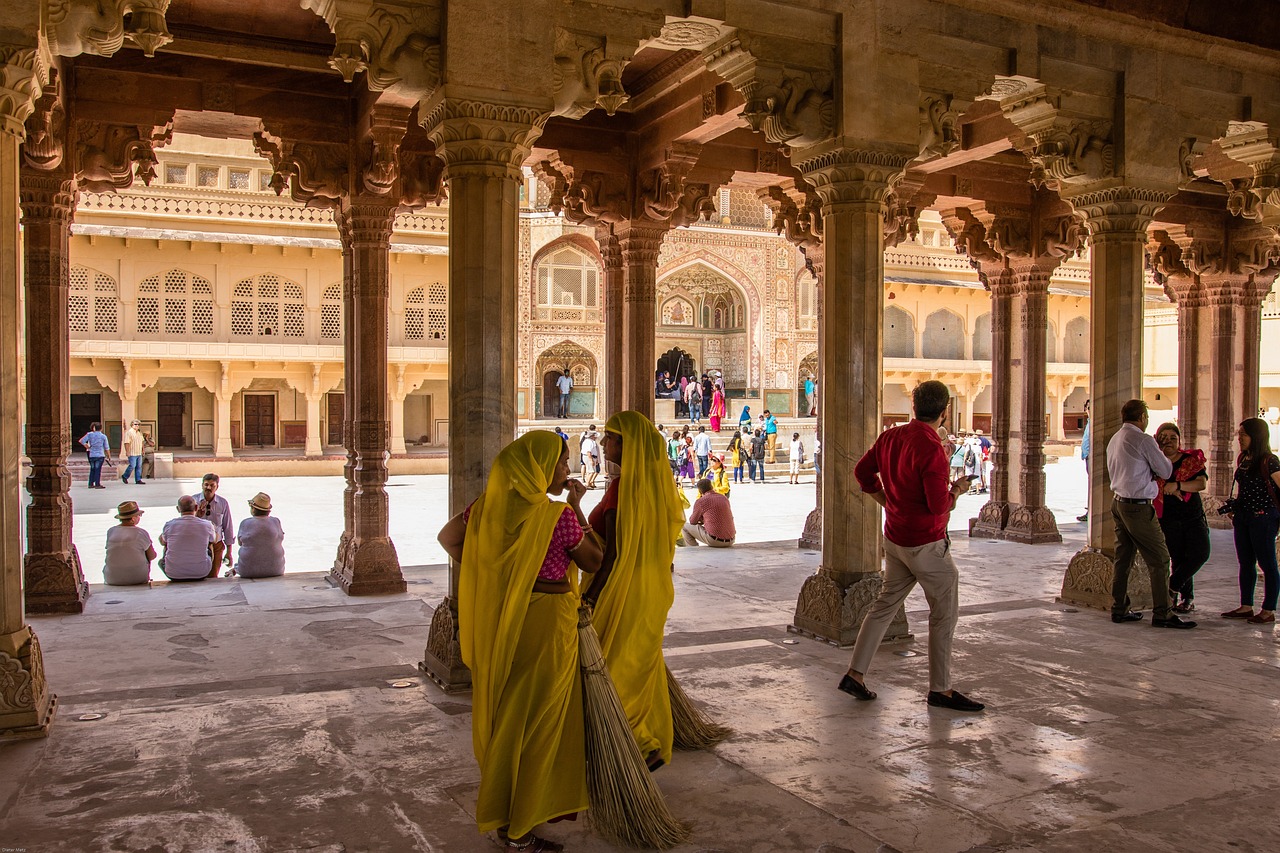The Rise of Staycations: Finding Adventure Closer to Home
Staycations have become a popular choice for many people looking to unwind and relax without the stress of traveling far from home. By opting for a staycation, individuals can save time and money that would have been spent on transportation and accommodation. This means more resources can be allocated to enjoying local activities and experiences.
Moreover, staycations allow individuals to discover and appreciate the hidden beauty and attractions in their own backyard. From quaint cafes to scenic hiking trails, there is a plethora of hidden gems waiting to be explored. Embracing a staycation mindset not only promotes sustainable tourism but also fosters a deeper connection to one’s community and surroundings.
Exploring Hidden Gems in Your Local Area
When it comes to exploring hidden gems in your local area, the possibilities are endless. Sometimes, we overlook the beauty and charm that lie right in our own backyard. Taking the time to venture out and discover lesser-known spots can unveil a whole new side to your surroundings. Whether it’s a quaint coffee shop tucked away in a quiet corner or a scenic hiking trail off the beaten path, there is always something waiting to be explored.
By immersing yourself in the local culture and attractions, you not only support small businesses and communities but also gain a deeper appreciation for the place you call home. It’s all about changing your perspective and finding joy in the little things that may have gone unnoticed before. So, next time you’re looking for an adventure, consider stepping out of your comfort zone and delving into the hidden treasures of your local area.
Embracing the Slow Travel Movement
Slow travel is a growing trend that encourages travelers to immerse themselves fully in the destinations they visit. Rather than rushing from one attraction to the next, slow travelers take the time to savor each moment, interacting with locals, trying authentic cuisine, and truly experiencing the culture. By slowing down the pace of travel, individuals can gain a deeper appreciation for the places they explore and create meaningful connections along the way.
This movement not only benefits the traveler but also has a positive impact on the environment and local communities. By staying longer in one place, travelers reduce their carbon footprint by minimizing transportation needs. Additionally, spending more time in a destination allows tourists to support local businesses, artisans, and cultural sites, contributing to the sustainable development of the area. Embracing slow travel is not just a way to experience a destination; it is a mindful approach that fosters a sense of interconnectedness and responsible tourism.
• Slow travel encourages travelers to fully immerse themselves in the destinations they visit
• It involves savoring each moment, interacting with locals, and experiencing the culture
• By slowing down, individuals can gain a deeper appreciation for the places they explore
• This movement has a positive impact on the environment by reducing carbon footprint
• Spending more time in one place allows tourists to support local businesses and cultural sites
What is the Slow Travel Movement?
The Slow Travel Movement is a mindset that encourages travelers to take their time exploring a destination, immersing themselves in the local culture, and minimizing their impact on the environment.
How does slow travel differ from traditional travel?
Slow travel focuses on quality over quantity, allowing travelers to fully experience a destination rather than rushing from one tourist attraction to the next. It encourages mindful travel practices and sustainability.
What are some benefits of embracing the Slow Travel Movement?
Some benefits include a deeper connection with the local culture, reduced environmental impact, the opportunity to support local businesses, and a more relaxed and meaningful travel experience.
How can I incorporate slow travel into my next trip?
You can incorporate slow travel by staying longer in one destination, avoiding overplanning, exploring off-the-beaten-path locations, and engaging with the local community. Focus on savoring the moments and experiences rather than trying to see everything at once.





